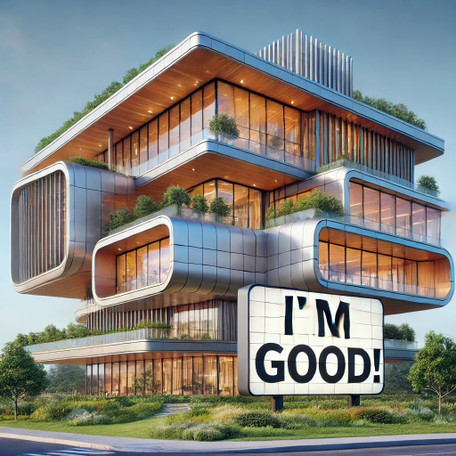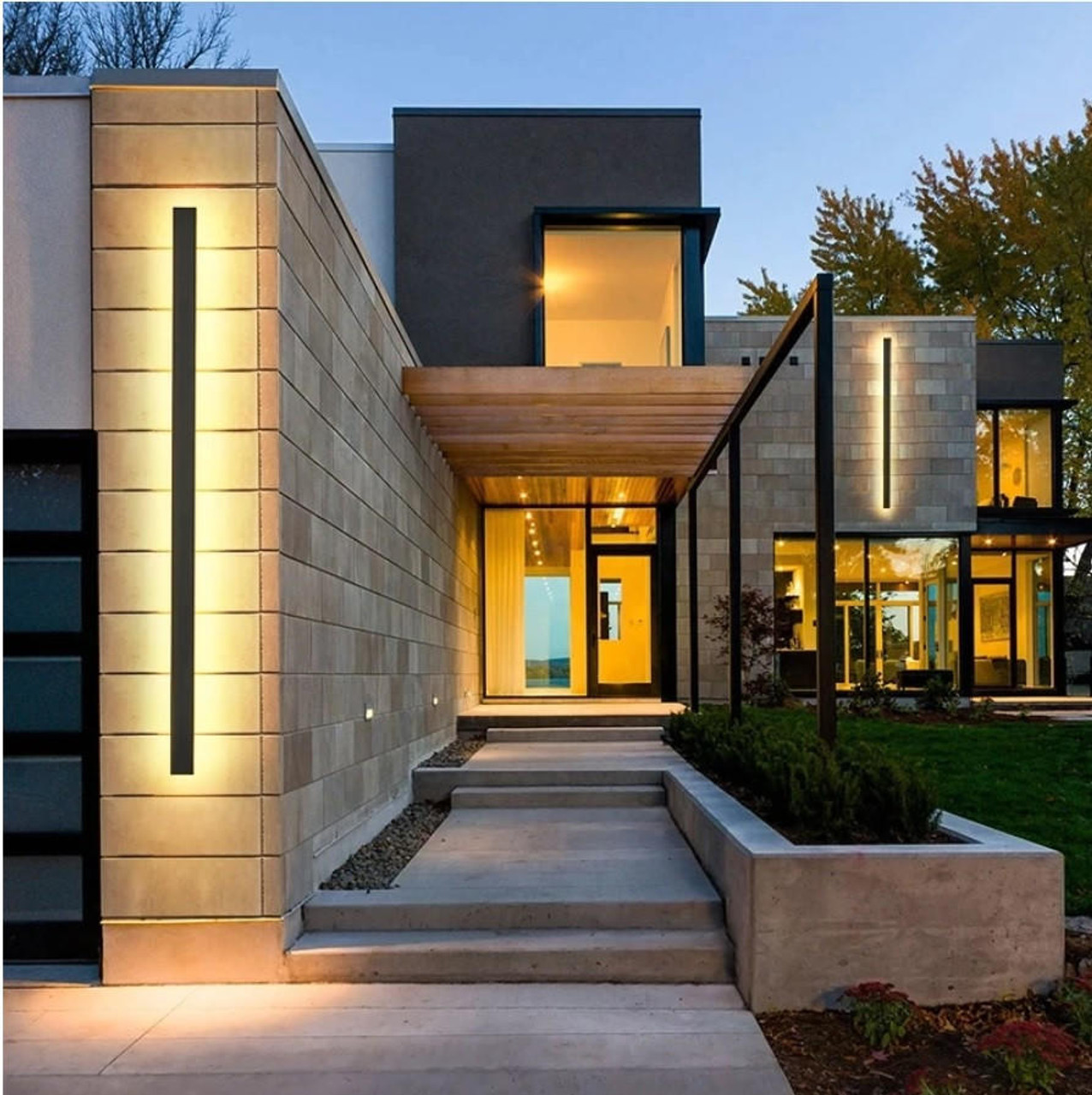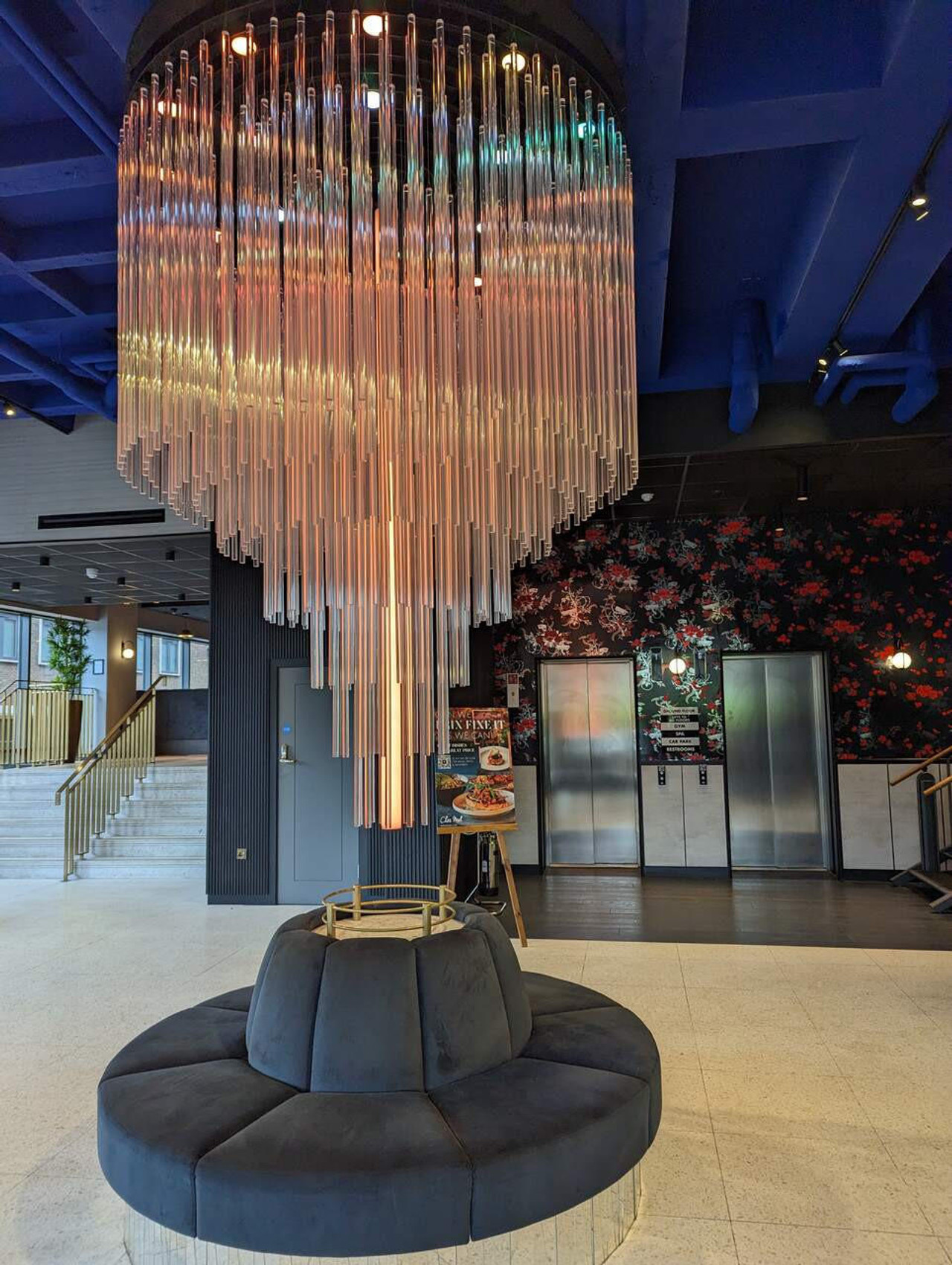What Makes Good Architecture?
23rd Aug 2024
What Makes Good Architecture? Exploring the Principles, Styles, and Impact of Architectural Design
Architecture is more than just the art of constructing buildings; it's a reflection of culture, history, and technology, all woven into the spaces where we live, work, and interact. But what makes good architecture? This question has been at the heart of discussions among architects, designers, and laypeople alike for centuries. Good architecture transcends mere aesthetics, encompassing functionality, sustainability, and cultural relevance. In this article, we will explore the essential components of good architecture, examine iconic examples, and discuss the profound impact that architecture has on society.
The Fundamentals of Good Architecture
What is Good Architecture?
To answer the question, what makes good architecture, we must first understand that good architecture is a harmonious blend of form and function. It is not only about creating visually stunning buildings but also about ensuring that these structures serve their intended purpose efficiently and sustainably. Good architecture respects the needs of its users, integrates with its surroundings, and stands the test of time both in terms of durability and relevance.
The Three Pillars of Good Architecture:
- Aesthetics:
One of the first aspects that come to mind when considering what makes good architecture is aesthetics. Good architecture must be visually appealing, with a design that is both coherent and pleasing to the eye. This involves a careful balance of form, proportion, and symmetry, along with the thoughtful use of materials and colors. A well-designed building should resonate with beauty, whether through simplicity or grandeur. - Functionality:
While aesthetics are important, the functionality of a building is crucial in defining what makes good architecture. A well-designed building should meet the needs of its occupants, providing spaces that are practical, comfortable, and adaptable. Functionality also extends to how the building interacts with its environment—good architecture considers factors such as accessibility, safety, and the efficient use of space. - Sustainability:
In today’s world, sustainability has become a fundamental criterion in determining what makes good architecture. Sustainable design practices ensure that a building minimizes its environmental impact through energy efficiency, the use of eco-friendly materials, and thoughtful consideration of the surrounding ecosystem. Good architecture not only addresses the needs of the present but also considers the well-being of future generations.
The Balance Between Tradition and Innovation
Another critical aspect of what makes good architecture is the balance between tradition and innovation. Good architecture often draws inspiration from historical and cultural contexts while incorporating innovative design elements and modern technologies. This fusion of old and new creates buildings that are both respectful of the past and forward-looking, contributing to their timelessness.
Core Principles of Good Architectural Design
Understanding what makes good architecture involves delving into the core principles that guide the design process. These principles ensure that a building is not only beautiful but also functional and meaningful.
Context and Environment
One of the fundamental aspects of what makes good architecture is the building's relationship with its environment. A well-designed structure should respond to its surroundings, whether it is nestled in a bustling urban landscape or a serene natural setting. Good architecture integrates seamlessly with its context, enhancing rather than disrupting the environment. This can involve considerations of scale, orientation, and the use of local materials that reflect the character of the location.
Scale and Proportion
Scale and proportion are key components in defining what makes good architecture. These principles ensure that the building feels harmonious in relation to its surroundings and the people who use it. Proper scale and proportion contribute to a sense of balance and comfort, whether in a small, intimate space or a grand, imposing structure.
Space and Light
The use of space and light is central to what makes good architecture. Good architecture maximizes the potential of space, creating areas that are functional, open, and inviting. Natural light plays a crucial role in this, enhancing the atmosphere of a space and contributing to the well-being of its occupants. Thoughtful design takes advantage of natural light sources while balancing them with artificial lighting to create a cohesive environment.
Materiality
Materiality refers to the choice and use of materials in a building's construction, and it is a vital aspect of what makes good architecture. The materials used can greatly influence the aesthetic, durability, and environmental impact of a building. Good architecture carefully selects materials that not only align with the design vision but also consider factors such as sustainability, local availability, and long-term performance.
Innovation and Technology
Innovation and technology are increasingly important in shaping what makes good architecture today. From advanced construction techniques to smart building systems, technology offers new possibilities for design, efficiency, and sustainability. Good architecture embraces these innovations while ensuring that they enhance, rather than overshadow, the building's core purpose and aesthetic.
Human-Centered Design
Ultimately, what makes good architecture is its ability to serve the people who use it. Human-centered design focuses on the needs, comfort, and experiences of the building’s occupants. This approach ensures that spaces are not only functional but also enjoyable to inhabit, fostering a connection between the user and the architecture.
Iconic Examples of Good Architecture
To further understand what makes good architecture, it is helpful to examine some iconic examples that have set the standard for excellence in architectural design.
Historical Examples of Good Architecture:
- The Parthenon, Athens:
The Parthenon is a prime example of classical architecture, renowned for its perfect proportions, symmetry, and harmony with its surroundings. Built in the 5th century BCE, it remains a symbol of ancient Greek architecture and its enduring principles of beauty and balance. - Gothic Cathedrals:
Gothic architecture, exemplified by structures like Notre-Dame de Paris, is celebrated for its use of light, verticality, and intricate ornamentation. These cathedrals are not only religious symbols but also masterpieces of engineering and design that have influenced centuries of architecture.
Modern and Contemporary Examples:
- Fallingwater by Frank Lloyd Wright:
Fallingwater is often cited as a pinnacle of modern architecture, demonstrating what makes good architecture through its seamless integration with nature. The house's innovative cantilevered design and use of natural materials create a harmonious relationship with its surroundings, making it a landmark of organic architecture. - The Guggenheim Museum, Bilbao by Frank Gehry:
The Guggenheim Museum in Bilbao is a striking example of deconstructivist architecture, known for its sculptural form and bold use of materials. Gehry's design has not only become an icon of modern architecture but also revitalized the city of Bilbao, showcasing the power of architecture to influence urban development. - The Sydney Opera House by Jørn Utzon:
The Sydney Opera House is a symbol of modern architecture, renowned for its innovative shell-like design. Utzon’s creation has become a global icon, representing the creative potential of architecture to transcend conventional forms and create a lasting cultural impact.
Sustainable Architectural Examples:
- The Bullitt Center, Seattle:
The Bullitt Center is one of the greenest commercial buildings in the world, designed with sustainability at its core. Its net-positive energy and water systems exemplify what makes good architecture in the context of environmental responsibility, demonstrating that architecture can lead the way in addressing global challenges. - Bosco Verticale, Milan:
Bosco Verticale, or the Vertical Forest, is an innovative example of how architecture can promote urban biodiversity. This pair of residential towers in Milan is covered with trees and plants, improving air quality and creating a sustainable model for high-density living.
The Impact of Good Architecture on Society
When considering what makes good architecture, it’s important to recognize its profound impact on society. Good architecture goes beyond creating functional spaces—it shapes communities, influences culture, and drives economic development.
Cultural Impact
Good architecture is a reflection of cultural identity. Historic monuments, civic buildings, and even contemporary structures contribute to a society’s sense of place and history. Architecture can preserve cultural heritage, foster community pride, and serve as a symbol of collective values.
Economic Impact
Architecture also plays a crucial role in economic growth. Well-designed buildings can attract tourism, increase property values, and boost local economies. Iconic structures often become landmarks that draw visitors from around the world, contributing to a city’s global reputation.
Social and Community Impact
Good architecture enhances social well-being by creating inclusive and accessible spaces. Public buildings, parks, and community centers designed with people in mind can foster social interaction, inclusivity, and community cohesion. Architecture that prioritizes human needs helps build stronger, more connected communities.
Environmental Impact
Sustainable architecture is essential for addressing environmental challenges. Good architecture minimizes its ecological footprint through energy efficiency, sustainable materials, and thoughtful design. Buildings that are designed with the environment in mind contribute to a healthier planet and set the standard for future development.
The Future of Good Architecture
As we look forward, the question of what makes good architecture will continue to evolve. Emerging trends and challenges will shape the future of architecture, pushing the boundaries of design and innovation.
Emerging Trends
Current trends in architecture, such as green building, smart cities, and the use of AI in design, are redefining what makes good architecture. These trends emphasize sustainability, efficiency, and adaptability, reflecting the changing needs and values of society.
Challenges Facing Future Architects
Future architects will face significant challenges, including urbanization, climate change, and the need for affordable housing. Addressing these challenges will require innovative thinking, collaboration, and a commitment to creating architecture that serves both people and the planet.
Vision for the Future
The future of architecture holds exciting possibilities. As technology advances and societal needs evolve, the definition of what makes good architecture will expand to include more adaptive, resilient, and inclusive designs. Architects will continue to play a crucial role in shaping the built environment, creating spaces that not only meet functional needs but also inspire and uplift.
How to Evaluate and Appreciate Good Architecture
To fully appreciate what makes good architecture, it’s important to engage with buildings on a deeper level. This involves understanding the architect’s intent, experiencing the space firsthand, and learning from experts.
Understanding the Architect's Intent
When evaluating architecture, consider the architect’s goals and vision. What message or experience were they trying to convey? How does the building reflect its purpose and context? Understanding the intent behind a design can deepen your appreciation of its execution.
Experiencing Architecture Firsthand
Visiting and experiencing buildings in person is essential for truly appreciating their design. Pay attention to how the space feels, how light interacts with materials, and how the building fits into its environment. Experiencing architecture firsthand allows you to connect with the space on an emotional level.
Learning from the Experts
To further your understanding of what makes good architecture, consider exploring resources like books, documentaries, and guided tours. Learning from architects, historians, and critics can provide valuable insights into the principles and significance of architectural design.
Conclusion
So, what makes good architecture? It is the thoughtful combination of aesthetics, functionality, and sustainability, all grounded in a deep understanding of context and culture. Good architecture not only creates beautiful spaces but also enhances the way we live, work, and interact with the world around us.
As we continue to explore and define what makes good architecture, it’s clear that the impact of good design extends far beyond the physical structure. Architecture has the power to shape our cities, our communities, and our lives, making it an essential and enduring art form.
Whether you’re an architect, a student, or simply someone who appreciates the built environment, understanding what makes good architecture is key to recognizing and creating spaces that truly matter. So, next time you encounter a building, take a moment to consider its design—what makes it good, and how does it enhance the world around you?





